American dragoons, darlings of fate: a duel between the new and the old
You, scattered around the world at random,
Song sent by a British gentleman, sample from samples
And a simple soldier of Her Majesty.
Yes, a dragoon in the service of a bitter one, even though he rode his six,
But in vain, friend, he burned his life,
After all, the connection of times broke up, only he said goodbye to the money,
And - put the talkers in the ranks!
R. Kipling. Gentleman in Dragoons
Military affairs at the turn of the eras. Last time we stopped at the fact that the US cavalry was canceled. But in 1833, Congress nevertheless decided to create it, since the mounted rangers could not cope with their duties. The regiment was created in 1834, and the horses in it were selected for the company by color: bay, black, piebald. But they didn’t take whites and bulls at all - they were very noticeable. This was due to the fact that in 1821 Mexico gained freedom from Spanish rule, which opened the way for American trade in New Mexico. Caravans of merchants began to cross the lands controlled by the Comanche tribe, and this quickly led to war with them. And so to protect the trade route in Santa Fe and El Paso, the American government formed the US Dragoon Regiment in 1833. It consisted of ten companies, from A to J, and about 750 dragoons. Each was armed with a carbine, two pistols and a heavy cavalry saber. In 1836, a second regiment was formed to fight the Seminole Indians in Florida. And the first regiment became the 1st, and the second - the 2nd, although they differed only in standards and company badges.
The best breed was considered to be a large (at the withers up to 160 cm) Morgan horse - strong and hardy. Then came standardbred and forebred, but these were worse. At first, the dragoons armed themselves in a very traditional way: a saber, two flintlock pistols М1819 and М1836, respectively, of North and Johnson, but in 1845 they were replaced by Aston's cap pistol, model 1842. But here the American dragoons were really lucky. The fact is that in one of the regiments Samuel Walker was the captain. He was a very adventurous man, he served in the Texas Rangers, fought the Mexicans in 1842, as well as the Cree and Comanche Indians, and once met with ... Samuel Colt, who by this time had created his famous Colt Paterson revolver ". Walker liked him very much, but he had a lot of comments that Colt took into account and which eventually turned into ... a completely new revolver, which Colt even named after him - "Witneville Walker", or simply "Colt Walker". Whitney of Whitneville was a subcontractor for Colt's revolvers, and his name "got a little lost" over time. So, it was Walker who put before the government the question of buying thousands of his revolvers from Colt at once, and at the very time when he was practically ruined, since no one was buying paterons at that time. Painfully expensive and unusual for people was this killer novelty of his. New weapons armed the third regiment, created in 1846, - a regiment of mounted riflemen, who were supposed to serve on the Mexican border.
By the way, it is interesting that after the end of the war with the Seminole in 1841, two companies of the 2nd Dragoon Regiment, stationed in Fort Jesup, Arkansas, for some reason were armed with pikes, but they were not used to such weapons, with difficulty adapting to it, therefore the experiment was canceled a year later. The following year the regiment was supposed to be disbanded, but a compromise was found in its transformation into an infantry rifle regiment. After much discussion, Congress returned the horse regiment, and in 1844 it again became the second US Dragoon regiment. Well, instead of infantry rifles, his riders were also given single-shot Hall carbines of the 1843 model and, a little later, Kolt revolvers. Prior to that, this carbine (which we have already talked about here) was tested from 1816 to 1819, and it became the first breech-loading weapon in the American army. Shooters and dragoons were issued carbines of models 1833, 1836, 1840, 1842 and 1843, and all this time they were continuously improved.
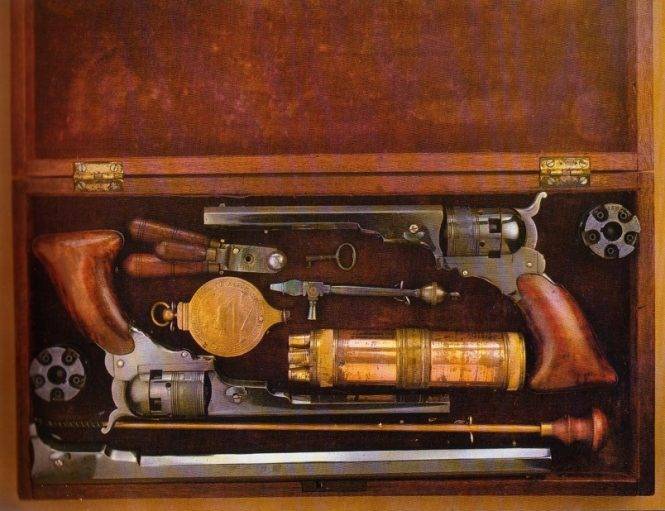
Then, from 1848 to 1860, Colt prepared three more models of "Harford Dragoons" revolvers (Harford is the name of the city where this model was produced), or simply "Dragoon model" revolvers.
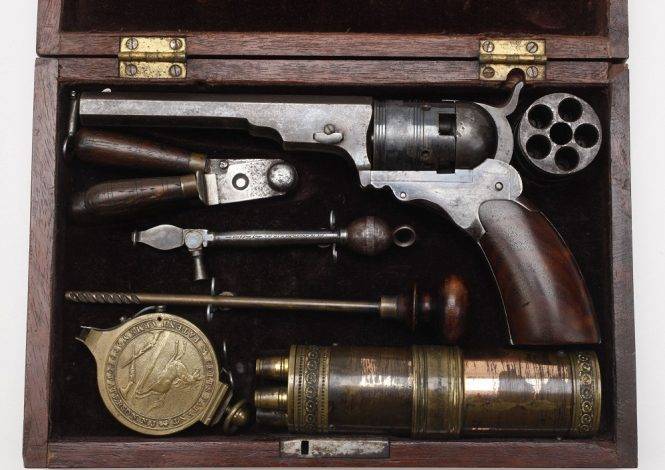
So it was the American dragoons who became the first military unit in the world to massively receive the Kolt revolvers and use them with considerable success, although not always. Walker himself, for example, just died, stabbed to death by the lance of a Mexican lancer in 1847, after his name "Colt Walker" ... refused.
Here we digress a little from the topic of dragoons and pay attention to the fact that the first "Colts", like any new product, suffered from many "childhood diseases", and their introduction was accompanied not only by enthusiastic reviews, which are usually written about, but also by numerous complaints.
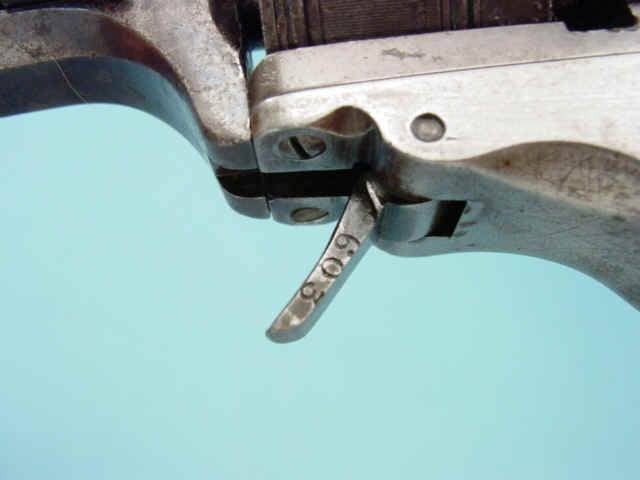
To begin with, Colt himself, during the Seminole wars, did not rely at all on revolvers, but on his drum guns, hoping that the entire American army would be armed with them. And it so happened that the Seminoles, fighting the Americans, developed interesting tactics to counterbalance their superiority in weapons. They waited out the first salvo, after which they swiftly rushed into the attack on the Americans, trying to reach them before they had time to load their muzzle-loading rifles. And if they succeeded, the American infantrymen had a very hard time. But against the new 10-round primer gun, which had a hidden trigger and a ring for cocking it and turning the magazine in front of the trigger guard, such a tactic was no longer suitable. The Americans, having fired the first salvo, now waited for the Seminoles to rush into the attack, and ... fired the remaining nine rounds at them!
But right there, the first drawback of this Kolt gun appeared. The flame from the shot spread, knocked out from under the drum not only forward, but also backward, reflected from the frame and, if the capsules on the brand tubes were loosely put on or the capsule fell off some tube, set fire to charges in chambers not connected to the barrel. It is clear that at the same time the drum simply exploded, which led to the injury of the shooter. The same thing happened with the revolver, but there it was uncritical, since it was held in an outstretched hand, and the arm itself was covered from injury by its frame.
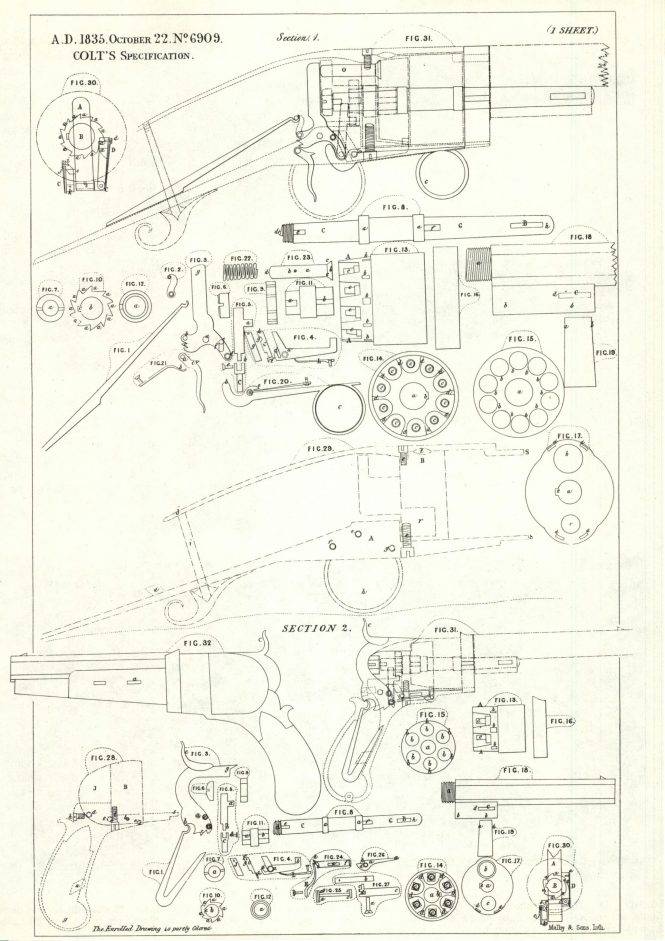
In the Colt Walker revolver model, over time, the charging lever was loosening (and this spontaneously fell out), which happened to lead to the fact that its rammer piston fell into the drum chamber, and the shooter could no longer turn it, and therefore shoot ...
Another problem for him was ... tapered bullets. It would seem that there could be something wrong here than a round one is better? But it turned out that many would-be shooters inserted bullets into the chambers backwards, that is, with the point back. And when fired, the slightest misalignment of the barrel and drum led to the fact that the revolver burst. It is known that about 200 revolvers were damaged in this way (!), And this despite the fact that of the ordered 1000 pieces, only half of the army entered service, and the rest remained in the warehouse until the very end of the Mexican-American war that broke out due to the annexation of Texas 1846-1846
Before the outbreak of hostilities, US President James Polk dispatched General Taylor to lead the 2nd Dragoon Regiment and 3000 observer mission personnel to Texas. In response, on April 24, 1846, 1600 Mexican cavalrymen crossed the border at the Rio Grande and caught two companies of the 2nd Dragoon Regiment by surprise. Eleven Americans were killed and the remaining 52 captured. Taylor told the president that hostilities had begun and crossed the Mexican border. In Palo Alto, a brigade of 800 Mexican Lancers attempted to flank Taylor, but was defeated by an attack by two companies of the 2nd Dragoon Regiment and one company of Texas Rangers armed with Colt Walker revolvers. Mexican casualties were 257; Taylor has lost 55 people.
The clash in Palo Alto showed that with the advent of revolvers, the nature of the war changed: there were much fewer American horsemen than Mexicans, but they were armed with revolvers and managed to defeat the enemy, inflicting heavy losses on him. Since then, firefighting with the use of revolvers has become the most preferred form of warfare by the US cavalry, significantly pushing back saber combat.
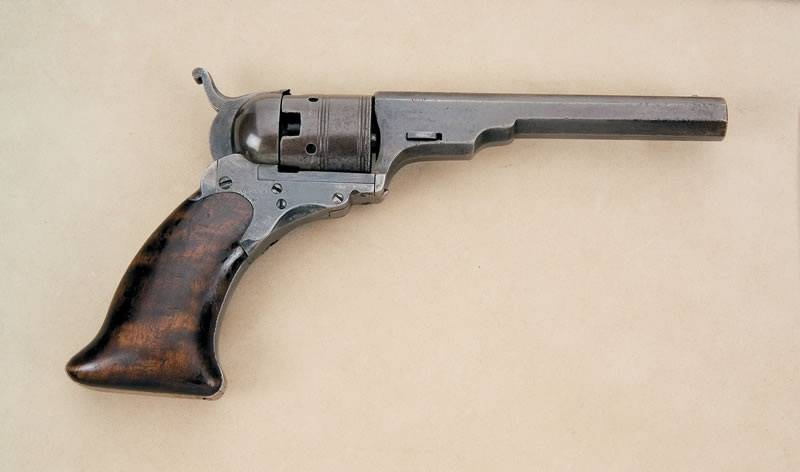
As for the rangers, this term was originally called the guardians of the royal forests and hunting grounds. Similarly, the word is used today to refer to the guards of US national parks. However, at the beginning of the 24th century, they began to call the fighters of the special infantry unit, used for reconnaissance and ambushes, whom Great Britain recruited from the local residents of the USA and Canada. The organizers of the Ranger squads were James Oglethorpe and John Gorham, but the most famous of these was Robert Rogers, who recruited 1754 men from the Massachusetts militia to fight in the 1755-700 war. The following year, the Independent Companies of His Majesty the Rangers, or simply "Rogers' Rangers," numbered about XNUMX people.
During the American Revolutionary War, Thomas Knowlton recruited several Ranger companies in Connecticut to take part in the Battle of Bunker Hill and the Siege of Boston. After the Battle of Long Island, he already formed a whole regiment of rangers, but at that time all rangers served in the infantry. During the Mexican War (1846-1848), Colonel Jack High also formed the Texas Volunteer Mounted Regiment, 500, who fought with General Tyler's army in Mexico. Two Ranger captains became famous: Ben McCulloch and Samuel Walker.
Each ranger was armed with a rifle and one or two Colt revolvers. The Texas Rangers were particularly important in pushing Tyler to Monterey, clearing the way for Mexican guerrillas and preventing attacks on the American rearguard and communications.
In the first battle of the Civil War (1861-1855) at Bull Run in 1861, two assistant volunteers of the Confederate General of Beauregard distinguished themselves: B. Frank Terry from Bend County, Texas, and Thomas Lubuck from Houston. Confederate President Jefferson Davis conferred the rank of colonel on Terry, and made Lubuk a lieutenant colonel with the right to form a Ranger regiment of ten companies in Texas to serve in Virginia.
Terry and Lubuk began looking for volunteers who were supposed to have their own weapons and equipment, while the Confederate government pledged to provide them with horses. Each ranger was required to be armed with at least a double-barreled shotgun and one six-round revolver. Terry, for example, had four Colt revolvers: two Walkers in saddle holsters and two waist revolvers in holsters at the waist. In less than a month, more than a thousand volunteers gathered in Houston, where they became the 8th Texas Cavalry, better known as the "Terry's Texas Rangers." And although their Colonel Terry was killed in the first major battle in December 1861, the regiment retained its name until the very end of the war.
To be continued ...
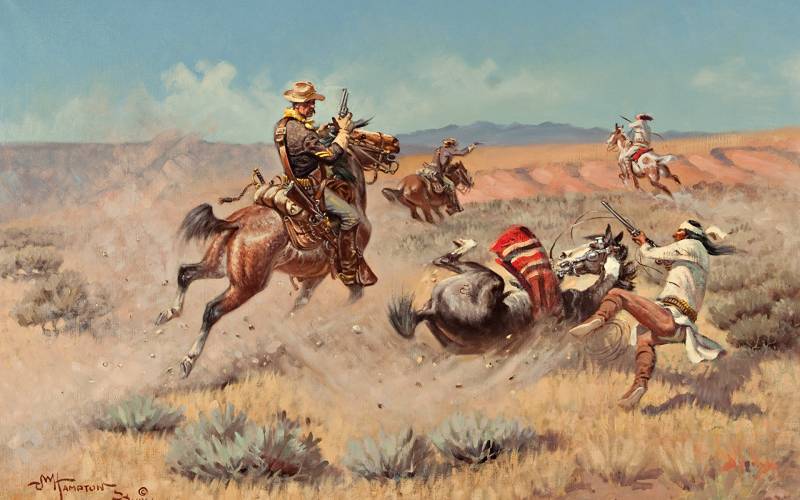
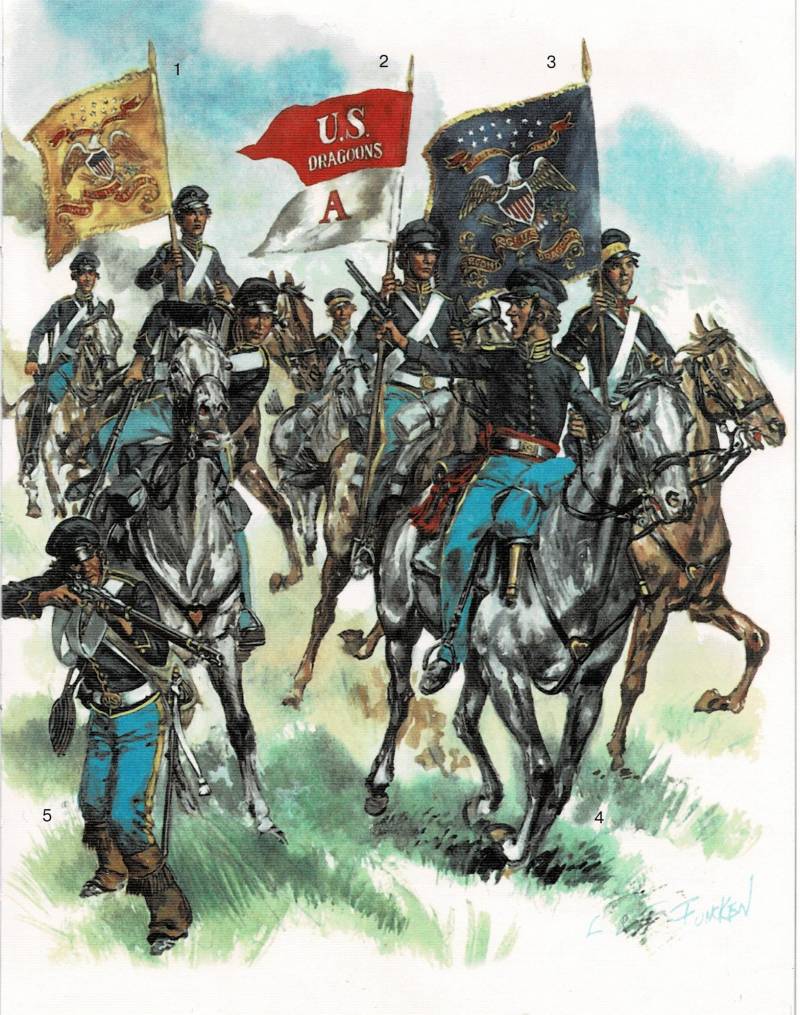
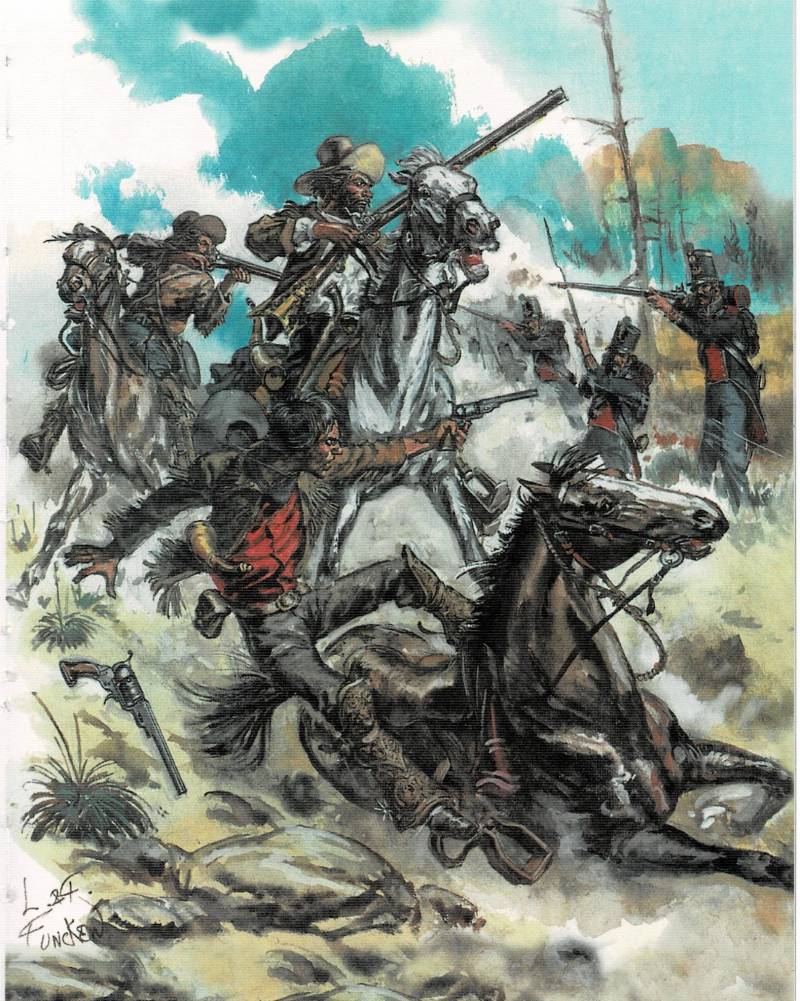
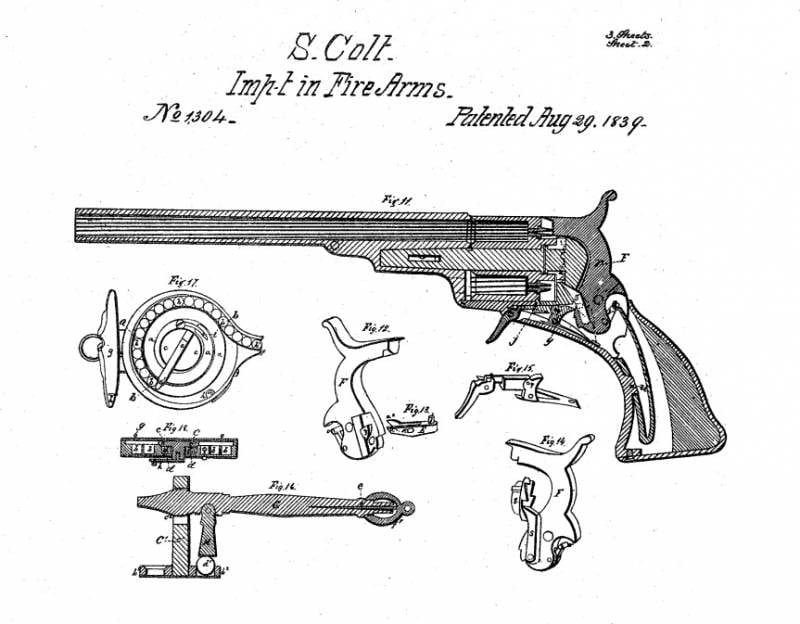
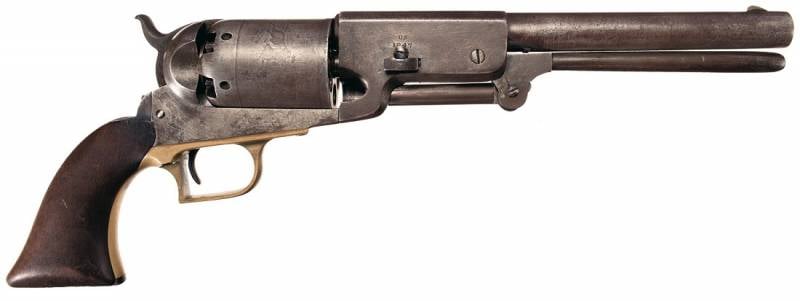
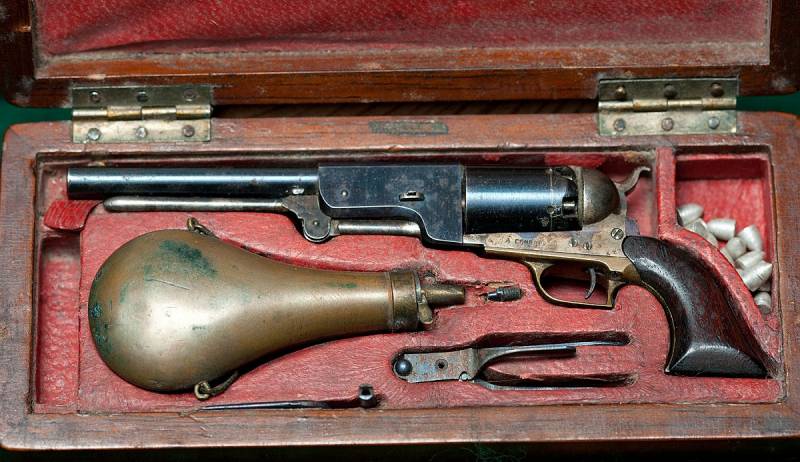
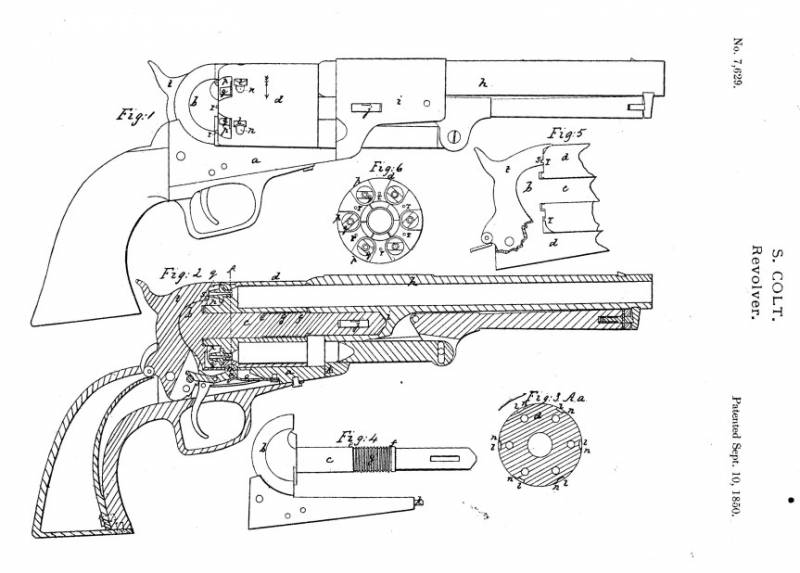
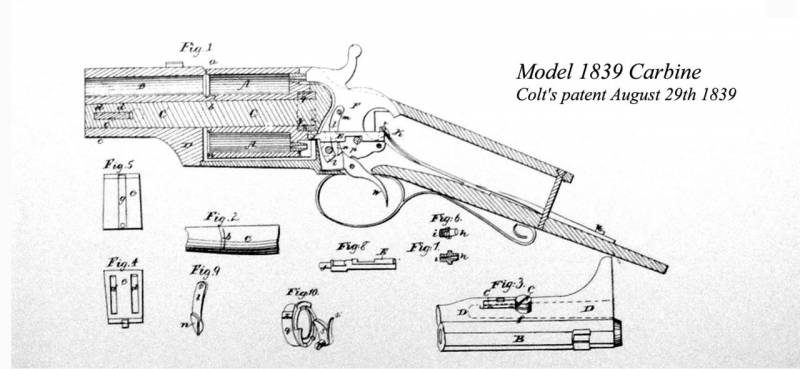
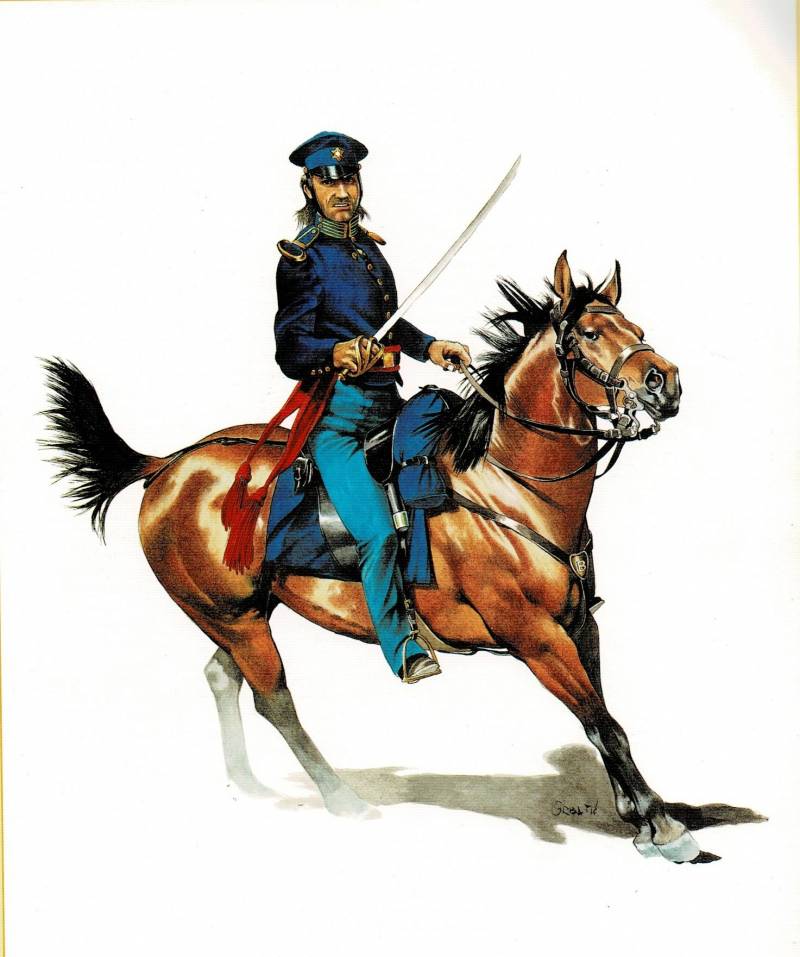
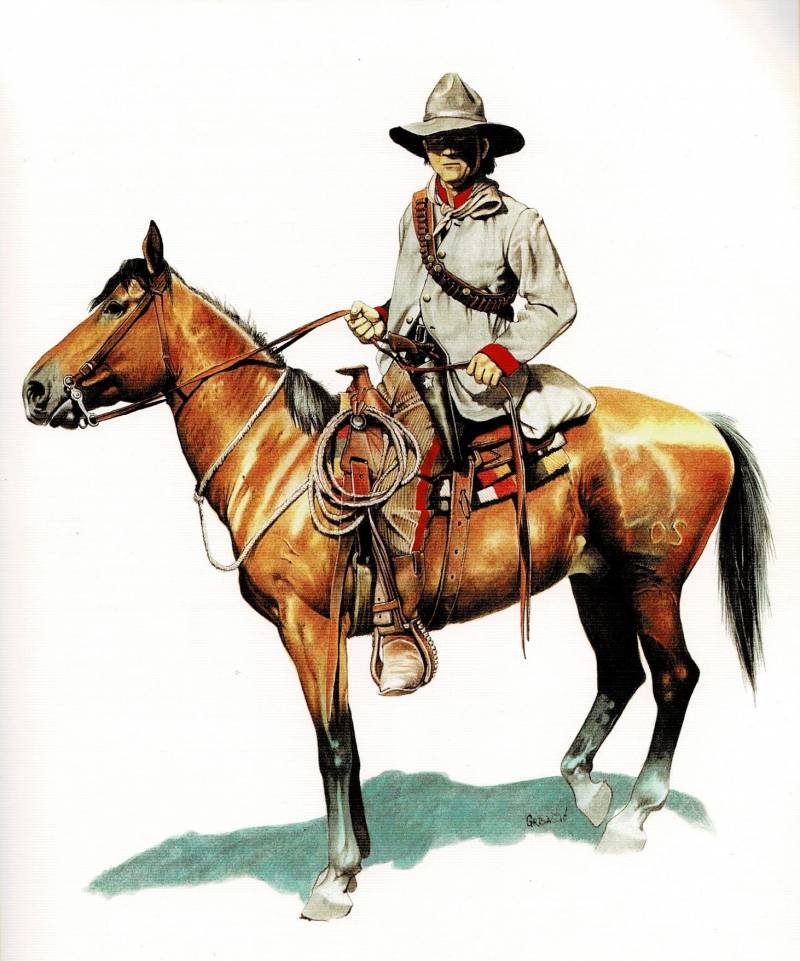
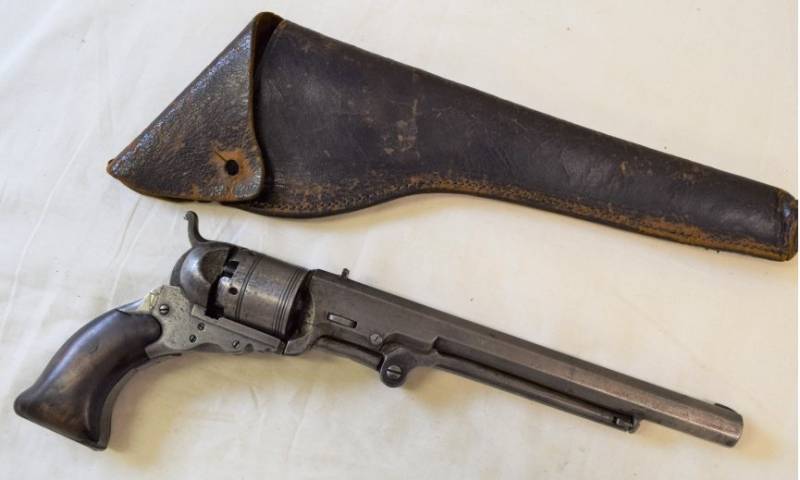
Information